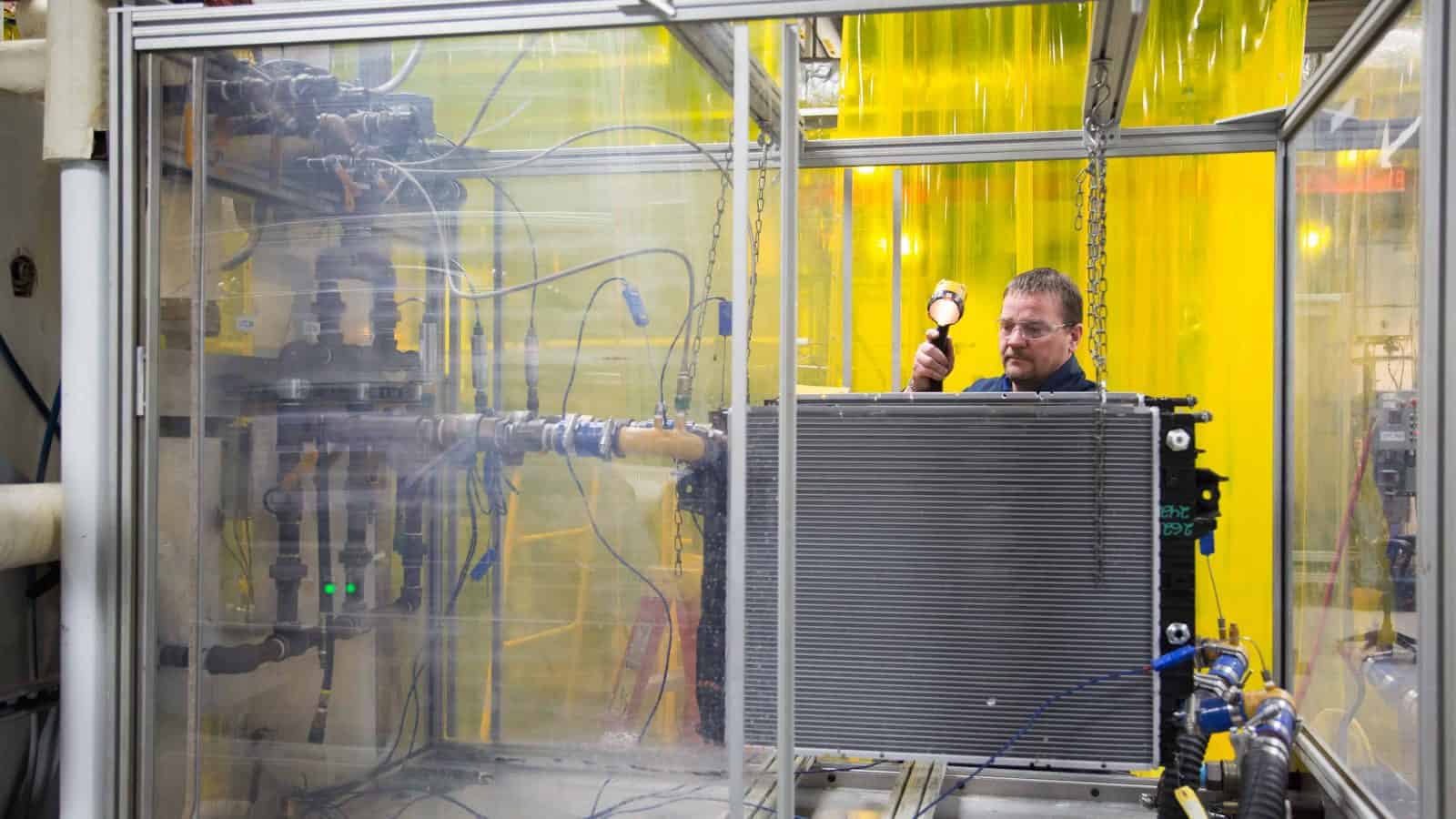DOE to Announce Carbon-Removal Project Winners

The Biden administration will soon announce the first grant winners of a multi-billion-dollar competition to speed up development of technology to “remove carbon dioxide from the sky,” according to E&E News’ CLIMATEWIRE (subscription).
What’s going on: The “awards for so-called direct air capture hubs could define the future of the nascent DAC industry in the United States as well as the broader CO2 removal sector, experts say.”
- The Department of Energy received more than a dozen proposals in response to the $3.5 billion DAC hub competition, which was created in 2021 as part of the historic bipartisan infrastructure legislation and seeks to increase the use of DAC technology.
- The projects expected to be announced this month could get “between $3 million and $500 million in matching funds” for efforts such as DAC undertakings capable of capturing and storing one million tons of carbon dioxide every year.
What it is: DAC plants use filters, power, piping and fans to remove carbon dioxide from the air and sequester it underground.
- Just 27 such facilities have been commissioned globally, and the largest of these can remove 4,000 tons of carbon dioxide from the atmosphere annually.
The economic challenge: “At the moment, it costs around $700 per ton for a DAC facility to remove carbon from the air, according to the industry data clearinghouse CDR. The Inflation Reduction Act, meanwhile, increased the tax incentives for DAC operators to $180 per ton for the CO2 they permanently store.”
- To bridge that cost gap, last year Congress ordered the Biden administration to start a pilot program to pay DAC firms and developers of carbon-removal technology to remove emissions from the air.
The final say: “Manufacturers view clean energy solutions—such as carbon capture and sequestration/storage technologies and hydrogen—as important parts of our country’s energy present and future,” said NAM Director of Domestic Economic Policy Brandon Farris.
- “Manufacturers are leading the charge in developing them and scaling them up for widespread use.”
